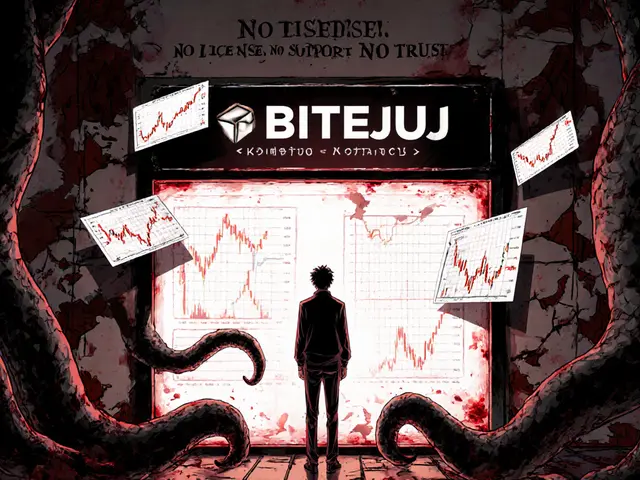Concentrated Liquidity: Boosting Capital Efficiency in DeFi
When working with Concentrated Liquidity, a DeFi technique that lets liquidity providers focus their capital within chosen price ranges. Also known as price range liquidity, it dramatically reduces the amount of capital needed to achieve deep pools.
One of the biggest platforms using this idea is Uniswap V3, the third version of the popular decentralized exchange that introduced flexible liquidity positioning. Concentrated liquidity enables Uniswap V3 to offer tighter spreads and higher fee earnings for active providers. In practice, a provider can set a lower and upper price bound, and their assets only earn fees when the market trades inside that band – that’s the core of the first semantic triple: Concentrated Liquidity enables Liquidity Providers to allocate capital within specific price ranges.
The underlying engine behind this is the Automated Market Maker, or AMM, a smart‑contract based pricing model that swaps assets without order books. AMMs rely on liquidity pools, and concentrated liquidity refines how those pools are built. This creates the second triple: AMM utilizes Concentrated Liquidity to improve capital efficiency. When the price moves out of a provider’s range, their funds sit idle, saving capital for other opportunities.
For anyone providing liquidity, the role of a Liquidity Provider (LP), an individual or entity that deposits tokens into a pool to earn transaction fees becomes more strategic. LPs now need to monitor price bands, adjust positions, and consider fee tiers. The third triple ties it together: Liquidity Provider chooses Fee Tier based on risk tolerance and expected price movement. Higher fee tiers reward LPs for taking on more price volatility, while lower tiers attract traders seeking cheaper swaps.
Why It Matters for DeFi Users
Beyond Uniswap, other DEX aggregators like 1inch and Hera Finance are building on concentrated liquidity concepts to offer better routing and lower slippage. When a trader hits a pool with a tight price range, the trade executes at a price closer to the market, which is exactly what active traders want. This relationship forms the fourth triple: DEX Aggregator leverages Concentrated Liquidity to reduce slippage for users.
From a broader perspective, concentrated liquidity reshapes how DeFi protocols think about capital. Traditional AMMs spread liquidity evenly across the entire price curve, which often leaves large amounts of capital idle. By concentrating it, protocols can achieve up to 4000x capital efficiency, meaning fewer tokens are needed to support the same trade volume. That efficiency opens doors for smaller projects to list tokens without draining their treasury.
While the benefits are clear, there are trade‑offs. Managing positions requires active monitoring, and sudden price spikes can push assets out of range, halting fee earnings. Tools like specialized dashboards, on‑chain alerts, and automated rebalancing bots have emerged to help LPs stay in the sweet spot. These tools illustrate the fifth semantic triple: Monitoring Tools support Liquidity Providers in maintaining active price ranges.
In short, concentrated liquidity is a game‑changer for anyone looking to earn from DeFi pools. It blends the simplicity of AMMs with the precision of traditional market making. Below you’ll find a collection of articles that dive deeper into airdrop opportunities, mining pool basics, validator node setups, and more – all framed by the concepts we just covered.
In-depth review of PancakeSwap V3 on opBNB covering fees, liquidity, token pairs, user experience, and future prospects.
Read More





